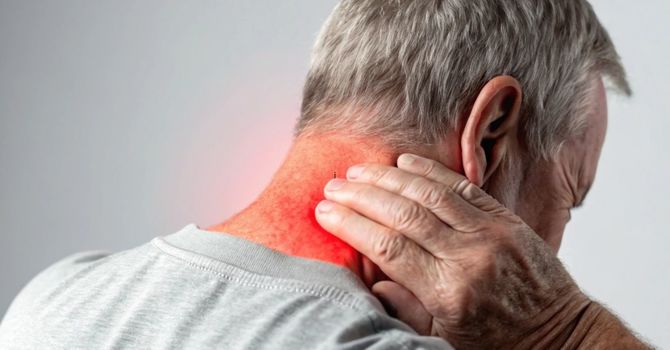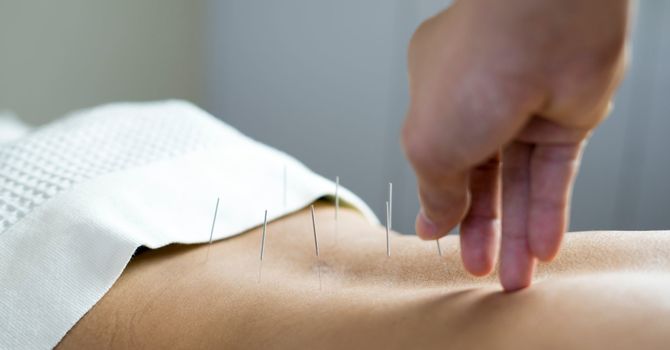Acupuncture has been a cornerstone of Traditional Chinese Medicine (TCM) for thousands of years, yet it remains a topic of curiosity, skepticism, and misinformation in modern healthcare. As more people explore natural and holistic treatment options, understanding acupuncture’s true potential becomes essential.
This post breaks down the history, science, and common myths surrounding acupuncture, so you can make informed decisions about incorporating it into your wellness routine.
Introduction
Overview of Acupuncture
Acupuncture is a therapeutic practice that involves inserting ultra-thin needles into specific points on the body to promote healing, relieve pain, and restore balance. Rooted in TCM principles, acupuncture supports the body’s ability to regulate itself by improving circulation, reducing inflammation, and optimizing organ function.
Modern research has expanded our understanding of acupuncture, showing that it stimulates the nervous system, enhances blood flow, and promotes the release of endorphins and neurotransmitters, making it an effective tool for both physical and emotional well-being.
The History and Evolution of Acupuncture
Ancient Wisdom, Modern Science
Acupuncture dates back over 2,500 years and is described in classical Chinese texts such as the Huangdi Neijing (Yellow Emperor’s Inner Canon). These writings outline how the body’s meridian system helps maintain health and how acupuncture can regulate imbalances.
Global Recognition and Modern Adaptations
While acupuncture has deep roots in China, its benefits are now recognized worldwide. Today, integrative healthcare systems in the U.S., Germany, Australia, and beyond incorporate acupuncture for a variety of conditions, from chronic pain to stress management. Advances in medical research continue to validate its effectiveness, further bridging the gap between traditional wisdom and modern science.
Debunking Common Acupuncture Myths
Despite its growing popularity, misconceptions about acupuncture persist. Let’s clear up some of the most common myths:
Myth #1: Acupuncture Is Painful
Many people associate needles with pain, but acupuncture needles are nothing like the ones used for injections. They’re as thin as a strand of hair, and most people feel only a mild sensation—or nothing at all—during treatment.
Myth #2: Acupuncture Only Helps with Pain Relief
While acupuncture is well-known for managing pain, it can also support digestion, reduce stress, regulate hormones, improve sleep, and enhance fertility. Its effects extend far beyond pain management.
Myth #3: There’s No Scientific Evidence Behind Acupuncture
Research continues to validate acupuncture’s effectiveness. Studies published in The Journal of Pain Research, The Lancet, and other reputable sources show that acupuncture helps with chronic pain, migraines, anxiety, insomnia, and even gut health.
Myth #4: Acupuncture Is Unsafe
When performed by a licensed and certified acupuncturist, acupuncture is incredibly safe, with minimal risks. Regulatory bodies such as the National Certification Commission for Acupuncture and Oriental Medicine (NCCAOM) ensure high safety standards for practitioners.
Myth #5: Acupuncture Works Instantly for Everyone
While some people feel immediate relief, acupuncture is a process. Just like physical therapy or chiropractic care, it often requires multiple sessions for lasting results. Treatment plans are personalized based on each person’s unique needs.
How Acupuncture Works: The Science Behind the Practice
Acupuncture’s effects can be explained through both TCM principles and modern biomedical mechanisms:
Regulates Nervous System Function – Acupuncture stimulates the parasympathetic nervous system, promoting relaxation and reducing stress-related inflammation.
Enhances Blood Circulation – By increasing microcirculation, acupuncture helps oxygen and nutrients reach tissues more efficiently, supporting healing.
Releases Natural Pain Relievers – Acupuncture triggers the release of endorphins and serotonin, acting as the body’s natural painkillers.
Balances Hormones and Neurotransmitters – Acupuncture can regulate cortisol, melatonin, and dopamine, improving sleep, mood, and stress response.
The Benefits of Acupuncture Beyond the Myths
Physical Health Benefits
Acupuncture is used to support a wide range of conditions, including:
- Chronic pain relief (back pain, arthritis, migraines)
- Digestive health (IBS, bloating, acid reflux)
- Hormonal balance (PMS, fertility, menopause support)
- Immune function (allergies, autoimmunity)
Mental and Emotional Well-Being
Acupuncture is a powerful tool for mental clarity, emotional regulation, and stress relief. Studies show that it helps reduce anxiety, improve sleep quality, and enhance overall mood stability by balancing neurotransmitters.
Holistic Wellness Approach
Unlike symptom-based treatments, acupuncture addresses the root cause of imbalances. It works alongside nutrition, lifestyle changes, and conventional medicine to create long-term health benefits.
How to Choose a Qualified Acupuncturist
To ensure a safe and effective experience, it’s essential to choose a licensed and experienced acupuncturist. Here’s what to look for:
- Proper Certifications – Look for practitioners certified by the NCCAOM,like we are at Southside Acupuncture + Herbs.
- Specialization – Some acupuncturists focus on specific conditions like women’s health, chronic pain, or sports recovery.
- Personalized Care Approach – A skilled acupuncturist will create custom treatment plans tailored to your needs.
What to Expect from an Acupuncture Session
Your first visit typically includes:
- Consultation – The practitioner will discuss your health history, concerns, and treatment goals.
- Needle Placement – Ultra-thin needles are inserted at specific points based on your symptoms.
- Relaxation Period – Needles are left in for about 20-40 minutes, allowing the body to respond to treatment.
- Post-Treatment Recommendations – Your acupuncturist may suggest herbs, dietary changes, or self-care tips to enhance results.
Many people leave feeling deeply relaxed and rejuvenated after their first session!
Integrating Acupuncture with Conventional Medicine
Acupuncture can be used alongside conventional medical treatments for a well-rounded approach to healing. Many people find acupuncture helpful for:
- Pain management (alongside physical therapy or chiropractic care)
- Fertility support (complementing reproductive medicine)
- Stress reduction (as part of a mental wellness plan)
A collaborative approach allows for better patient outcomes by combining Eastern and Western medicine.
Final Thoughts: Understanding Acupuncture Beyond the Myths
Acupuncture is far more than an ancient tradition—it is a clinically supported, safe, and effective therapy for both physical and mental well-being.
By looking beyond misconceptions and embracing the science-backed benefits of acupuncture, more people can experience improved health, reduced pain, and greater emotional balance.
Ready to explore the benefits of acupuncture for yourself? Book a consultation today and take the first step toward a more balanced, vibrant life.
The content in this blog is for informational purposes only and is not a substitute for professional medical advice, diagnosis, or treatment. Always consult a qualified healthcare provider before trying new healthcare protocols.

Jaquelyn Taylor
Contact Me



